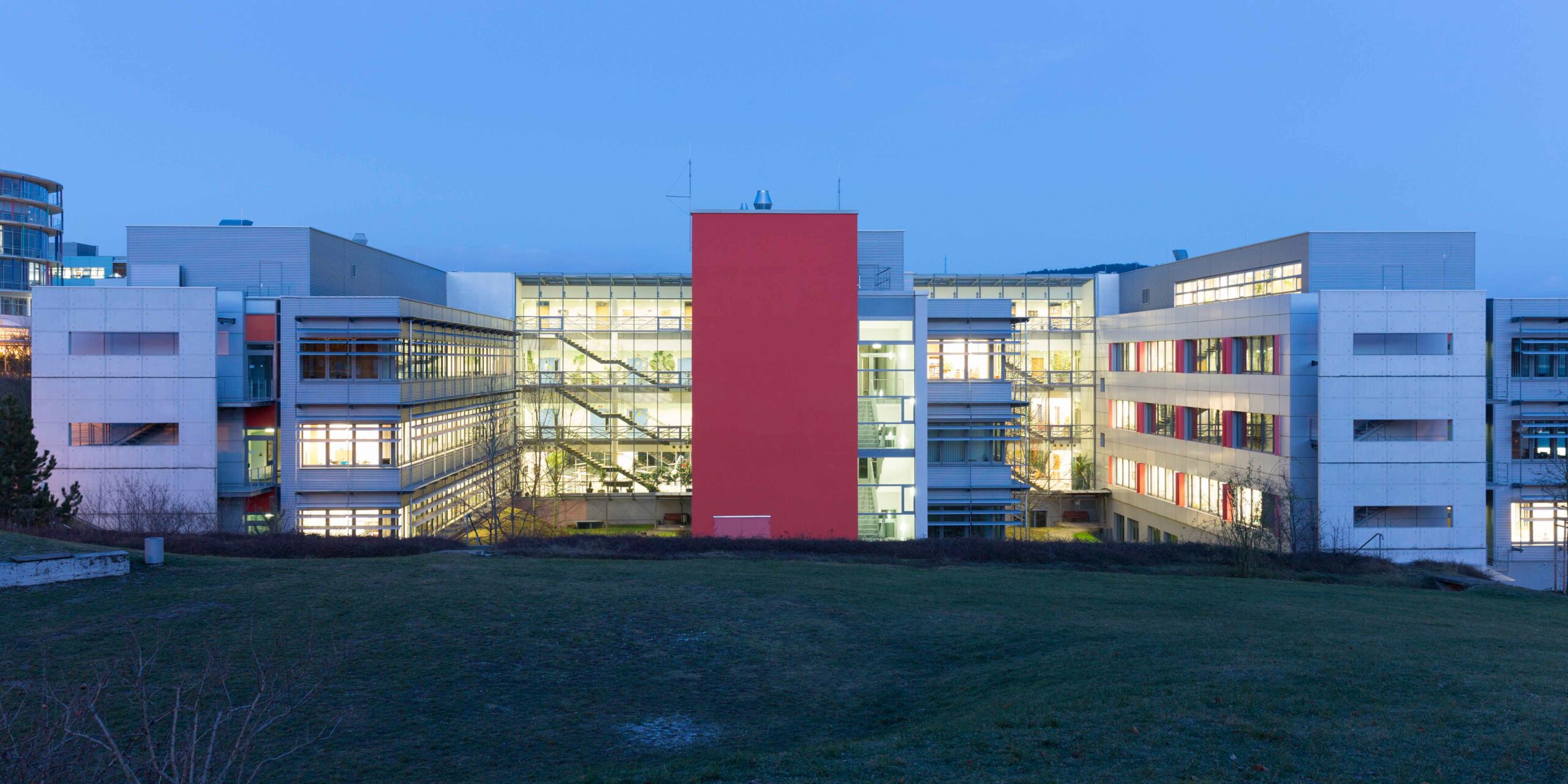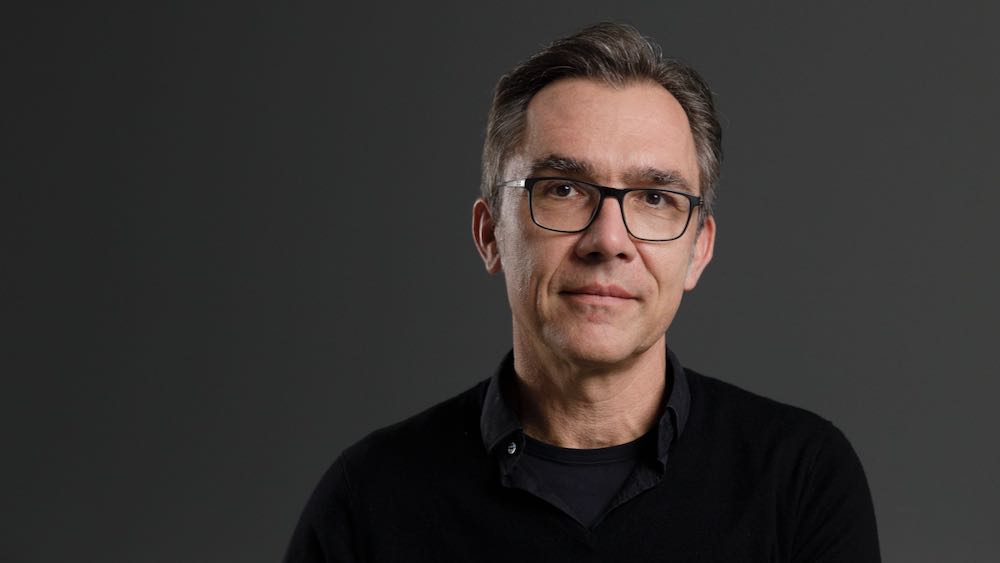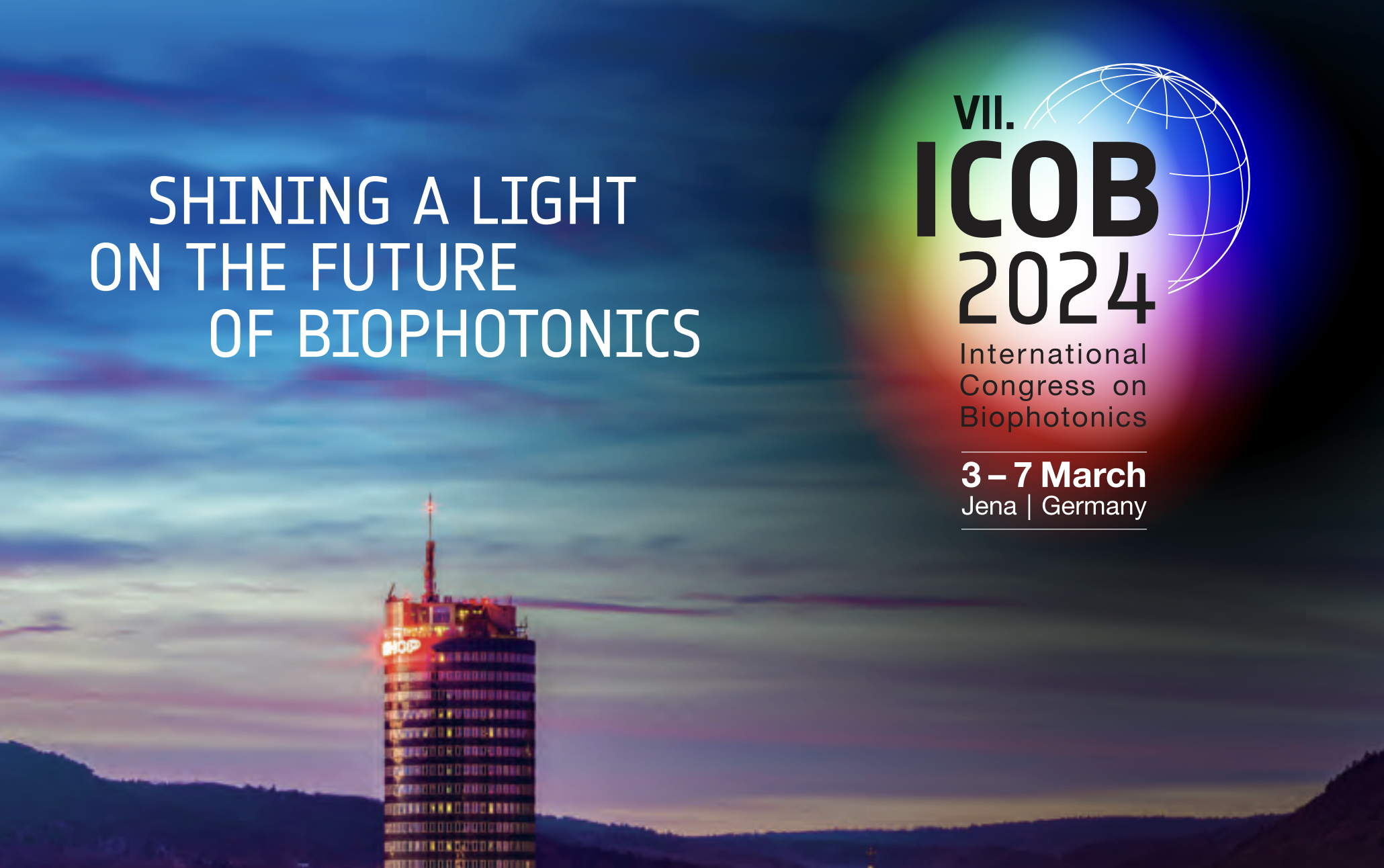Jürgen Popp re-elected as director of Leibniz IPHT

Chemist Prof. Dr. Jürgen Popp will continue to head Leibniz IPHT for the next five years. The institute’s board of trustees unanimously reappointed him as scientific director, effective June 1, 2021. Popp has been at the helm of Leibniz IPHT for 15 years. The institute is dedicated to researching light-based technologies for medical diagnostics and therapy, health, the environment and safety, and drives the translation of research results into application in numerous national and international collaborations.
“With Jürgen Popp, Leibniz IPHT has successfully focused on the forward-looking field of biophotonics and research into optical health technologies since 2006,” emphasizes Dr. Bernd Ebersold, Head of the Research Department at the Thuringian Ministry of Economic Affairs, Science and Digital Society (TMWWDG) and Chairman of the Board of Trustees. “The fact that Jena has developed into a location of international visibility in this field is due in no small part to Leibniz IPHT. This was confirmed not least by the positive evaluation by the Leibniz Association last year. With the reappointment of Jürgen Popp, we honor his outstanding performance in raising the profile of the institute and create a perspective for promising further development, which includes, for example, the expansion of infrared spectroscopy.”
Possible solutions to the corona pandemic
Jürgen Popp is considered a leading international expert in the field of optical health research, from basic photonic research to its translation into clinically applicable methods. In 2002, the now 54-year-old scientist came to Jena. After completing his habilitation at the University of Würzburg, he took up a chair there at the age of 36 at the Institute of Physical Chemistry at Friedrich Schiller University, of which he is now the director. In 2005, Popp also became head of department at what was then the Institute for Physical High Technology on Jena’s Beutenberg campus; a year later, he was appointed scientific director there – with the task of raising the profile of the state institute so that it could be transferred to federal-state funding in the future.
Founded in 1992, the institute realigned itself and sharpened its research profile in the field of biophotonics, the application of light-based methods for the life sciences. The Institute for Physical High Technology became the Institute for Photonic Technologies. In 2014, it was admitted to the Leibniz Association on the recommendation of the Science Council. “The IPHT had already built up a superior technological base in the fields of optics, magnetic components, micro- and nanotechnology and fiber drawing technology,” says Jürgen Popp. The infrastructure with fiber drawing facility, clean room and optical laboratories is unique in Germany, the Leibniz Association attests.
Optical processes for medicine, the environment and security
“At Leibniz IPHT, we pursue the vision of making life safer and healthier,” says Jürgen Popp, formulating the common goal. “For example, we are researching methods that help medical professionals diagnose cancer more gently and accurately or treat patients with life-threatening infections more quickly and appropriately.” One focus is on research into photonic methods in the fight against infectious diseases and multi-resistant germs.
Scientists at Leibniz-IPHT are also researching solutions that will help to cope with the corona pandemic. For example, infrared sensors developed and manufactured at Leibniz IPHT are used in respirators worldwide. In April 2020, the Weimar-based diagnostics company Senova, with a research team from Leibniz IPHT, was able to demonstrate one of the first available antibody tests for the novel virus. Numerous research teams are currently working with medical partners – particularly at Jena University Hospital – on methods to find out more about SARS-CoV-2 and its impact on humans.
The aim: to move results from the lab to application
“The examples on Corona show what Leibniz IPHT is all about,” says Jürgen Popp: “An outstanding technological infrastructure and long-standing expertise, as in the case of IR sensors, and strong partnerships: both into industry and medical applications, especially the clinic.” Moreover, he says, the institute has succeeded in attracting internationally renowned researchers and in filling several management positions in the now 14 research departments and one junior research group with renowned scientists*. Promoting the rapid and efficient translation of research results into applications is the goal that drives him, says Popp. “It takes an average of 14 years for a proof of concept from research to become a marketable product. We are working to make this process of translation faster in the future.”
To this end, Leibniz-IPHT has helped to launch several national and international networks and research associations. At the Infectognostics research campus in Jena, founded in 2013, more than 30 partners from research, medicine and regional companies are developing marketable solutions for the rapid and cost-effective diagnosis of infections; the SARS-CoV-2 antibody test was also developed here. At the Center for Translational Medicine – CeTraMed – at Jena University Hospital, which is scheduled for completion in 2022 and is dedicated to research into age-related diseases, and at the Thuringian Innovation Center for Medical Technology Solutions ThIMEDOP, the focus is also on translating research solutions into approaches that can be used clinically.
National and international networking
In March 2021, the new Leibniz Center for Photonics in Infection Research (LPI) in Jena started building innovative light-based technologies for combating infectious diseases. Initiated by Leibniz IPHT, the Friedrich Schiller University of Jena and the University Hospital as well as the Leibniz Institute for Natural Product Research and Infection Biology – Hans Knöll Institute – LPI is intended to help implement research results more efficiently and shorten development times. The Federal Ministry of Education and Research is funding the establishment of the translational infrastructure, which is unique worldwide. Researchers from Germany and around the world will be able to use it from 2027 to develop new methods for the diagnosis and treatment of infectious diseases – using light as a tool. “If we want to learn something about our environment, about matter and molecules that surround us and the fundamental processes that take place in them, we need light,” says chemist Jürgen Popp. “From the simplest microscopes that everyone still remembers from school to the most modern imaging techniques based on the interaction of laser light with matter, light is the key to what we see.”



